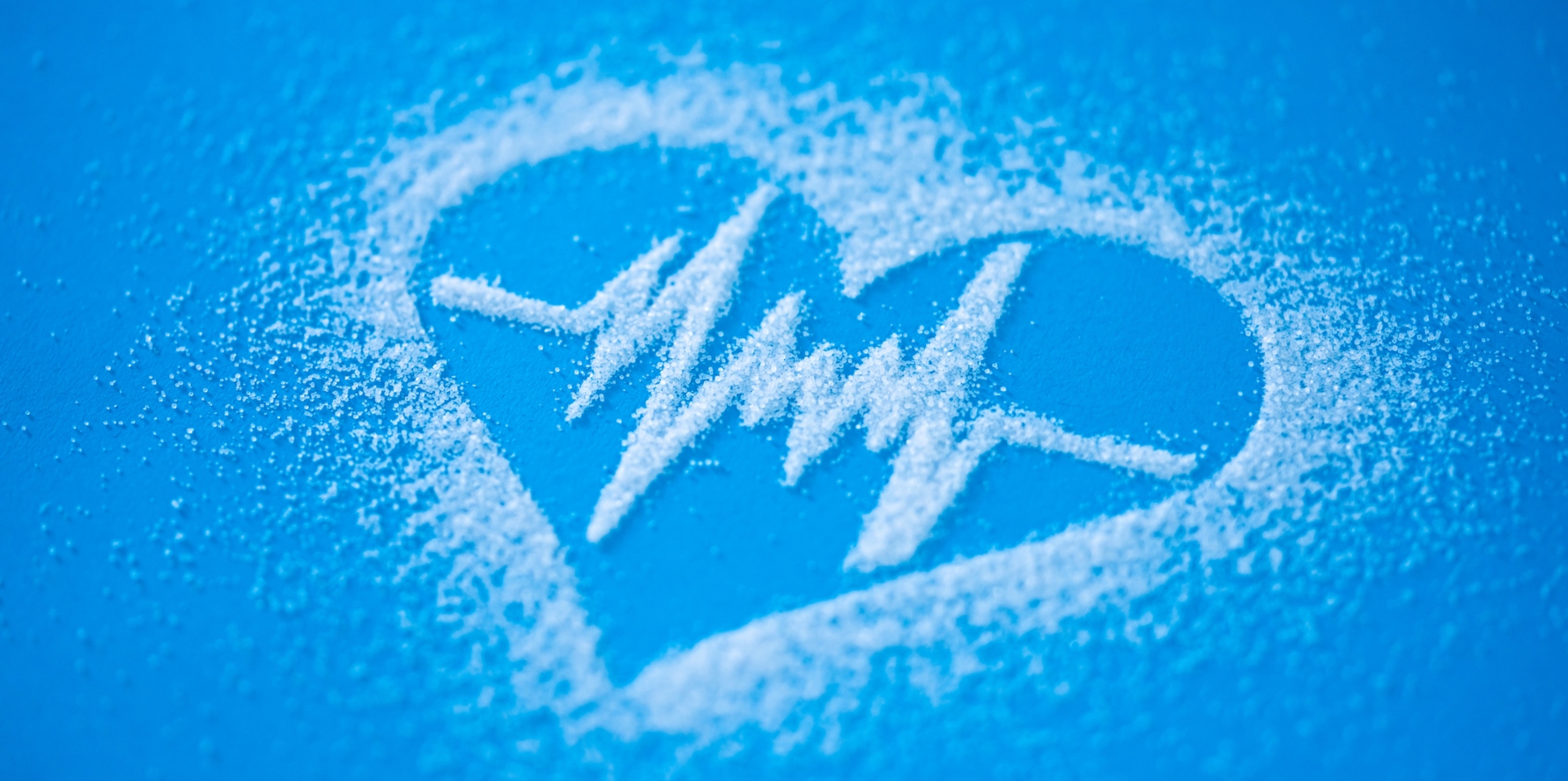The meaningful reduction in blood pressure was attributed to the low sodium nature of the diet.
US and Canadian researchers have developed a diet that lowers systolic blood pressure by 4.6mmHg and diastolic BP by 2.3mmHg for people with type 2 diabetes, compared with a typical diet.
This was meaningful, because research had shown reductions of just 3mmHg in systolic BP were tied to around a 12% drop in stroke and total mortality over a five year follow up period, the authors wrote.
Few studies have tested dietary interventions for lowering BP in individuals with type 2 diabetes in a context other than weight loss, and this DASH4D trial was one of the largest controlled feeding studies conducted on this population.
The researchers optimised the DASH (Dietary Approaches to Stop Hypertension) diet, which is rich in fruits, vegetables, low-fat dairy products and reduced saturated fat and cholesterol intake, for people with type 2 diabetes.
The DASH4D diet (Dietary Approaches to Stop Hypertension for Diabetes) had lower carbohydrates, higher unsaturated fats and lower potassium than the original diet and was trialled as both low sodium and high sodium.
The DASH diet had been associated with BP reduction and improved cardiometabolic risk factors among healthy individuals. Sodium reduction and the DASH diet are both already recommended for hypertension management in individuals with type two diabetes, but trial evidence is extremely limited.
The randomised clinical trial of 100 people, more than 90% of whom were being treated with antihypertensive medications, was performed as a crossover study, where participants tried all four diets for five weeks each: DASH4D diet with low sodium, DASH4D diet with high sodium, comparison diet with low sodium and comparison diet with high sodium as the reference diet.
The comparison diet was based on the average intake for US adults with diabetes, with micronutrient targets near the 25th percentile of US intake. The low sodium level was 1500mg per day as per the American Heart Association and American Diabetes association guidelines, and the high sodium level was 3700mg, which was approximately the 75th percentile of typical US sodium intake.
Participants were recruited between 2021 and 2024 and around 84% completed all diet periods, a high adherence rate which researchers said suggested the DASH4D low sodium diet was acceptable.
However, they acknowledged that reducing sodium to 1500mg per day was difficult to achieve in the current food environment.
The study noted that the use of antihypertensive medications combined with a BP-lowering diet substantially reduced stroke incidence and all-cause mortality among people with type 2 diabetes and hypertension, but few were able to achieve guideline-recommended BP goals.
Inclusion criteria included diagnosed type 2 diabetes, a systolic BP between 120 and 159mmHg and a diastolic BP of less than 100mmHg.
Two thirds of participants used two or more antihypertensive medications. The mean age of the cohort was 66, almost 90% were African American and 67% were women.
Exclusion criteria included type 1 diabetes, HbA1c level of greater than 9.0%, use of rapid-acting insulin, unstable doses of antihypertensive medications, estimated glomerular filtration rate of less than 30mL/min/1.73m2, potassium supplementation, serum potassium level outside of 3.5-5.1mEq/L, recent weight loss or gain of more than 5% of body weight, weight loss medications including glucagon-like peptide-1 receptor agonists or serious illness.
Calories were adjusted throughout each diet period to maintain participants’ starting weight, with initial calorie levels determined using the Mifflin St. Jeor equation and weight measurements taken at the thrice weekly on-site meal days. Participants were provided all meals and ate no outside food.
“Most BP reduction occurred during the first three weeks of each diet, and the effect of sodium reduction appeared stronger than the effect of the DASH4D diet,” authors wrote.
Related
The trial did not establish a BP-lowering effect of the DASH4D diet alone, and the effects from the lower sodium version were smaller than seen in prior efficacy studies. However, researchers said that several factors may have limited the magnitude of the BP-lowering effects of the diet.
“The potassium content of the DASH4D diet was approximately 400mg per day lower at the 2000kcal level than the original DASH diet to minimise the risk for hyperkalaemia, which may have diminished BP lowering,” they wrote.
They also said that the effect of dietary change on BP may be smaller for people with type 2 diabetes compared with the generally healthy population examined in prior feeding studies due to physiological differences and concurrent pharmacotherapy.
Approximately one in three trial participants were taking diuretics, which could reduce the BP-lowering effect of reducing dietary sodium intake. Around one in five participants had changes to their antihypertensive regiment during the trial, which may have also affected the BP outcomes.
Very few adverse events were reported and included two participants experiencing hyperkalaemia (confirmed serum potassium levels of 5.5mEq/L or greater) with the DASH4D diet, which researchers said was a small absolute risk compared with initiating ACE inhibitors or angiotensin receptor blockers.
A few participants experienced a systolic BP reading less than 90mmHg, which was more common with the lower sodium diets. Low BP readings have been commonly observed in antihypertensive medication trials and may not be attributable to the diet.
Researchers concluded that risks of the DASH4D diet and sodium reduction in higher-risk individuals, such as those with advanced kidney disease, needs to be quantified.
“Our results highlight the importance of dietary sodium reduction in people with type 2 diabetes, for which there are cost-effective population-level interventions,” they wrote.





